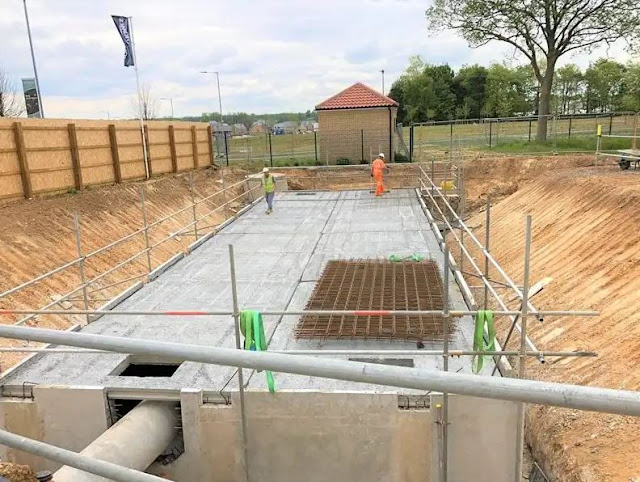How to prevent stormwater pollution in cities?
Stormwater management is a major concern in cities because due to impervious surfaces all around, the stormwater does not get absorbed by the soil. In a natural setting, most of the rainwater is soaked by green plants and soil. And, the rest water is flown to the nearby water bodies through the natural waterways. However, in cities, this process has been disturbed which results in an imbalanced hydrological system, flooding, and water pollution. While most cities comprise a stormwater drainage network that works well to divert the stormwater from the source point to the nearby water bodies, it fails to prevent water pollution. As storm drains do not comprise any water filters, they fail to check the pollutants from entering the water bodies.
Although government and municipalities work towards mitigating water pollution, as a citizen, we can implement numerous ideas in this regard. Here, we have shared a few of them.
1) Install a stormwater attenuation system
A stormwater attenuation system hinges on the ability to collect non-polluted stormwater and diverting it to the main drainage network or Greenfield areas at a moderate rate. It comprises a stormwater attenuation tank that can be installed underground even in high traffic areas like car parks. If you install a stormwater attenuation system at home, then you need to ensure the following factors in order to collect the rainwater in its original form.
- Don’t allow anything other than rainwater to flow in the storm drains.
- Don’t wash your car over your lawn often as the dirt and grime on the lawn can be carried away to storm drains.
- Instead of chemical fertilizers and pesticides, use organic chemical fertilizers in the garden. And, avoid spraying fertilizers before the rainy season.
- To prevent rainwater from carrying away pollutants from the lawn, you should plant more green plants. Also, do not mow your garden before the rainy season.
2) Implement Green Infrastructure Practices
Green infrastructure practices prevent rainwater from carrying away dirt and pollutants from the ground. It uses green plants and soil, both of which are excellent water filters. Soil absorbs chemicals, dirt, polluted particles from the runoff water and they are later used by the green plants. GI practices encompass a variety of practices, such as vegetated rooftops, bioswales, and rain gardens. Implementing these practices also promotes the process of groundwater recharging, thereby restoring the natural hydrological processes.
Conclusion- Rain and snowmelt wash pollutants from the impervious city surfaces and cause water pollution. To prevent this issue, you should install a stormwater attenuation system and implement green infrastructure practices.



Comments
Post a Comment